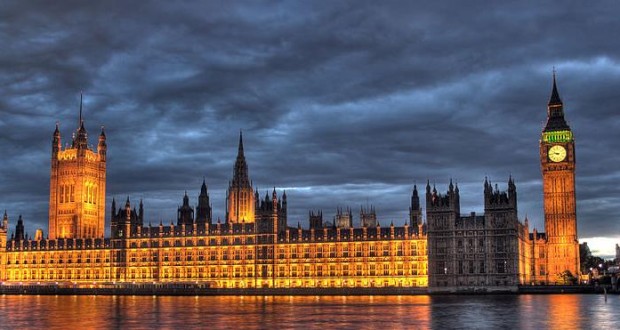We are pleased to announce that our submission to The House of Commons Defence Select Committee inquiry on the subject of “Intervention: When, Why and How” now features prominently in the much-awaited and substantive report published by Parliament today:
The report exclusively cites the Humanitarian Intervention Centre no fewer than 4 times.
We are particularly pleased that the House made mention of our most important point that is central to our work at the Centre and defines the core of humanitarian intervention and the consequences of inaction:
“It focuses on the notion of human security. This is the concept that the protection of individuals is more important than the national security of the state. The primary purpose of humanitarian intervention is to end human rights violations within the state in which it takes place and prevent the humanitarian crisis from escalating further.”
“Military intervention is always associated with a risk that conflict might spill out across the country subject to intervention and into neighbouring states. In this regard international intervention may have potentially destabilising effects on a region. But on the other hand, non-intervention may similarly lead to regional destabilisation, especially where terror networks spread out across porous borders and into neighbouring countries that are often powerless to prevent this.”
Another important excerpt from the House’s report analyses the legacy of the Responsibility to Protect (R2P) and we are proud to have been cited at length on the subject:
“Despite widespread hope for the concept following the ICISS report, it [R2P] has not emerged as a developing legal norm, although it has the potential to be. Future interventions still have to be authorised by the Security Council and thus all R2P has done is add more legitimacy to these authorisations to use force. To date, R2P has only been employed in Libya and the Côte d’Ivoire and its advancement has been seriously compromised by lack of application in Syria.
The Humanitarian Intervention Centre believes that the UK could become the leading nation in championing the Responsibility to Protect doctrine. If the UK is firm in emphasising the fact that sovereignty is conditional on protecting your population and that they will take action if the state fails to protect, then they can use R2P to legitimise interventions in the future. The application of the responsibility to protect in the Libya conflict is a prime example of when the principle should be used in practice.”
An additional point made by the report deals with the often ignored issue of exit strategies, which the HIC believes is and must be an integral part of any responsible humanitarian intervention:
“An exit strategy is a transitional plan for disengagement and ultimate withdrawal of external parties from a state’s territory, ideally after having attained their principal objectives. Nevertheless, an exit does not necessarily mark the end of all international involvement. So far there has been little explicit discussion of exit strategies in US military doctrines. Similarly, the UN has not issued any guidance on appropriate exit strategies for humanitarian intervention. The term did not find common application in foreign policy until the US engagement in Somalia in 1993, which is often hailed as the prime example of an ill thought-out and rushed exit. In thinking about exit strategies, it is important to emphasise the fact that an exit is a process, not an event; they may therefore more appropriately be described as transitional strategies.”
 Human Security Centre Human Rights and International Security Research
Human Security Centre Human Rights and International Security Research




